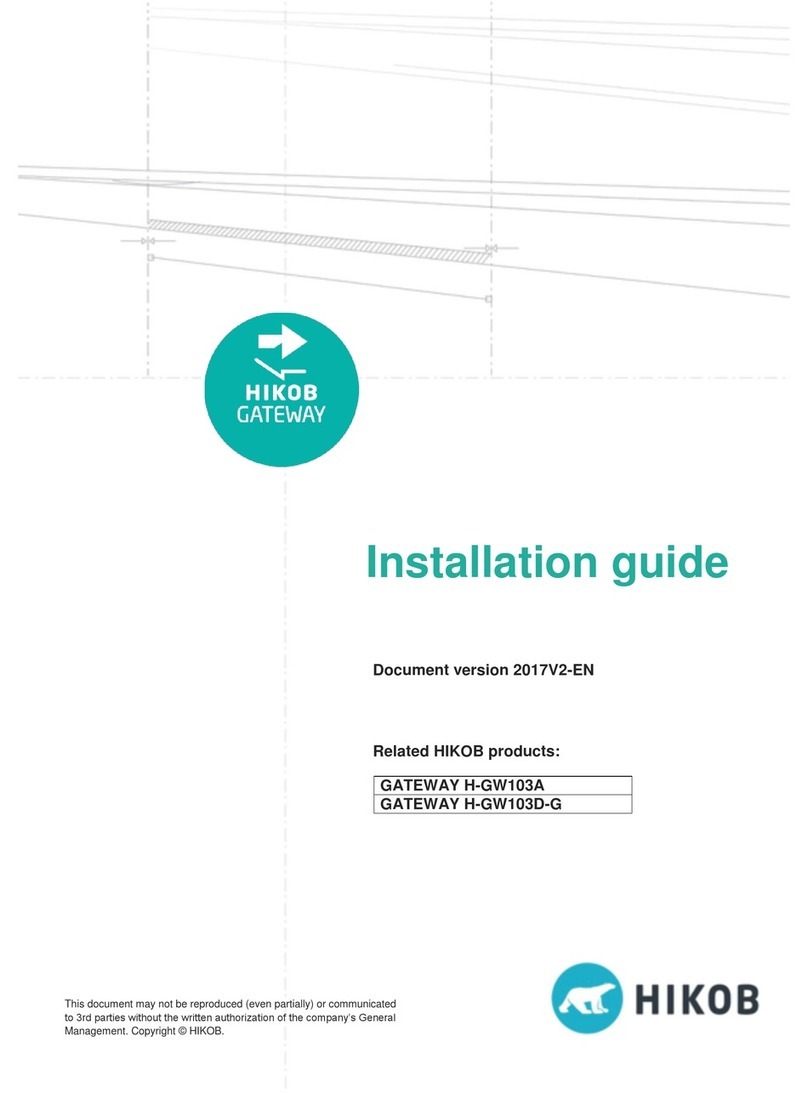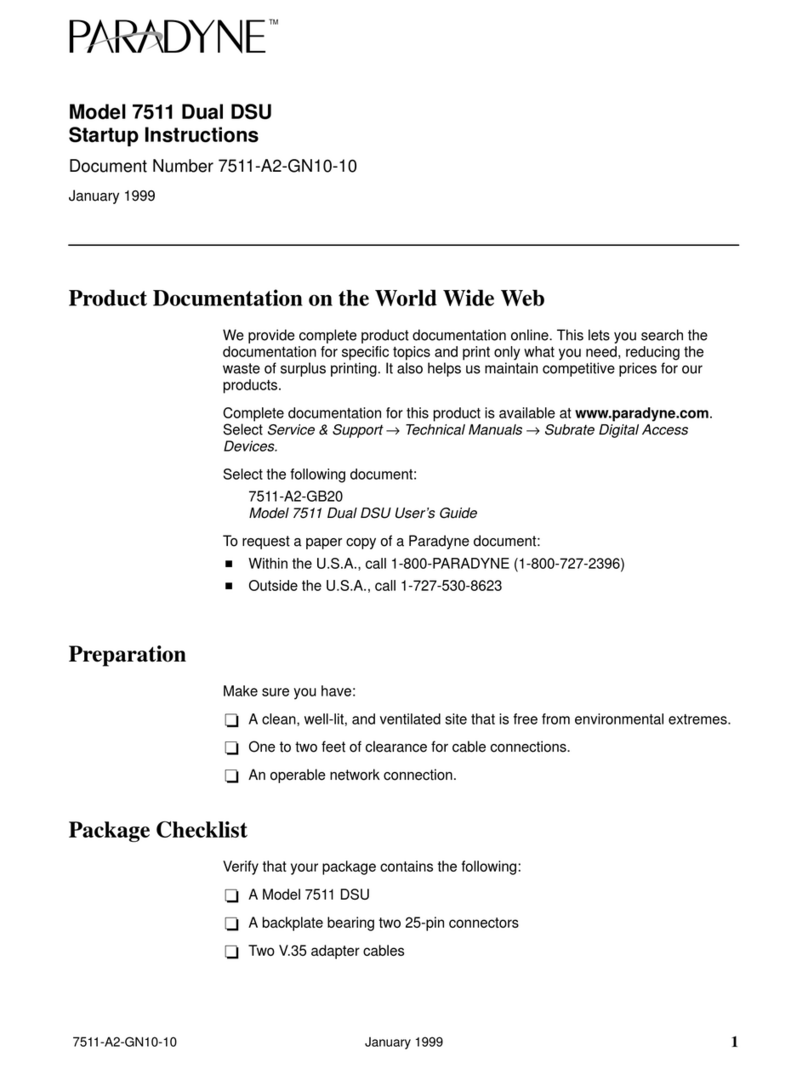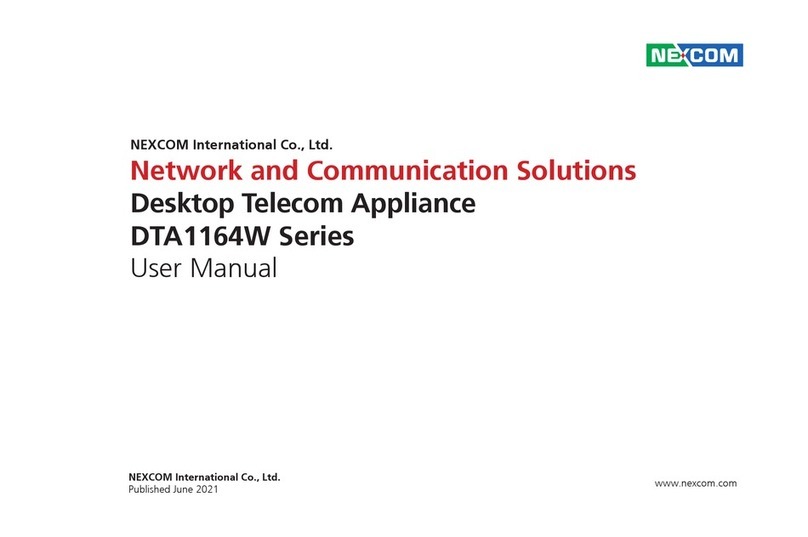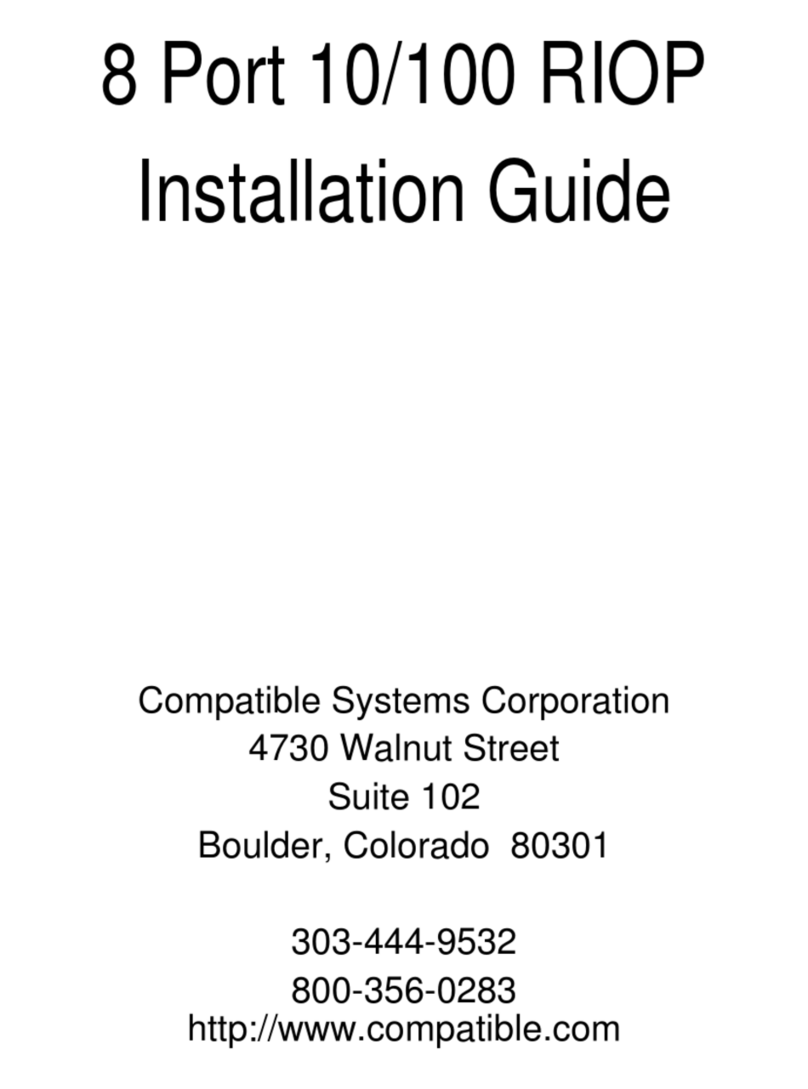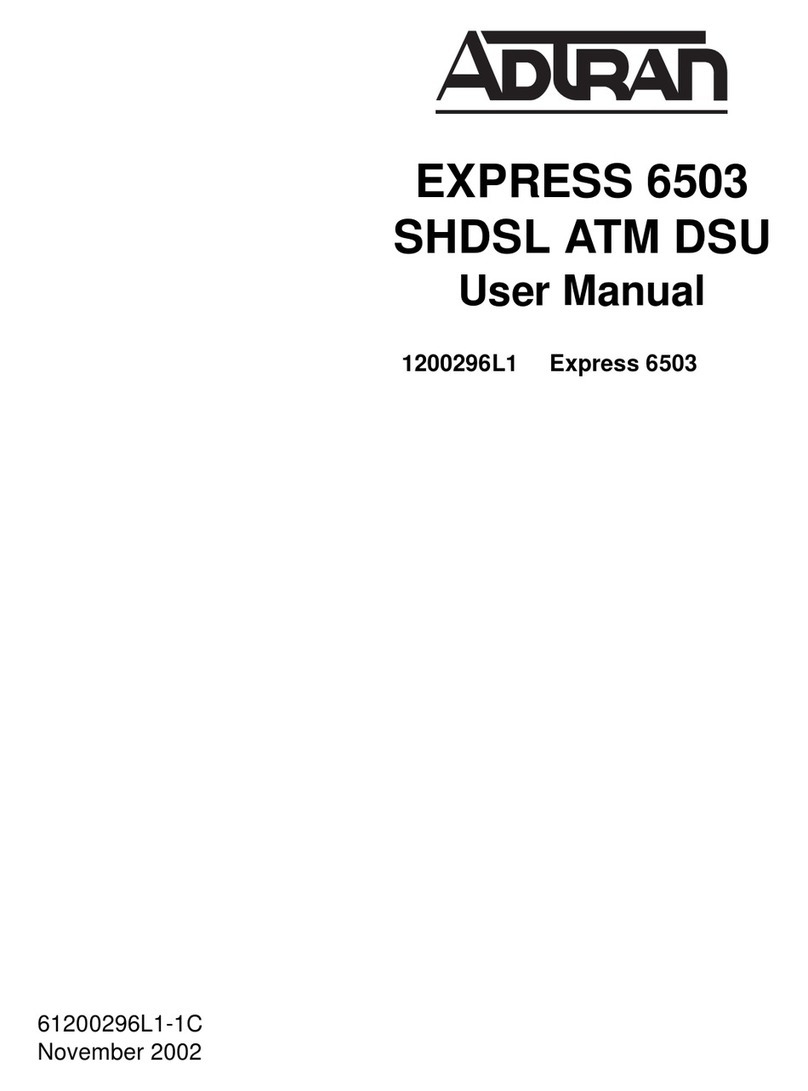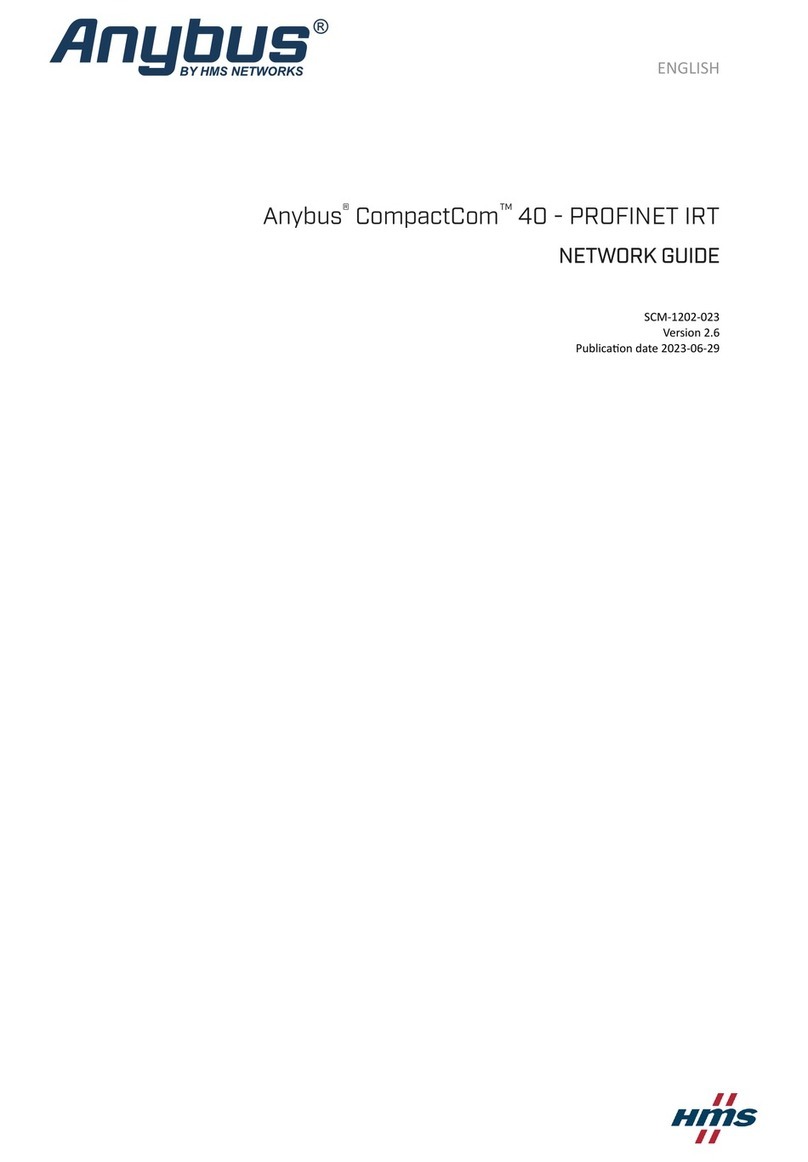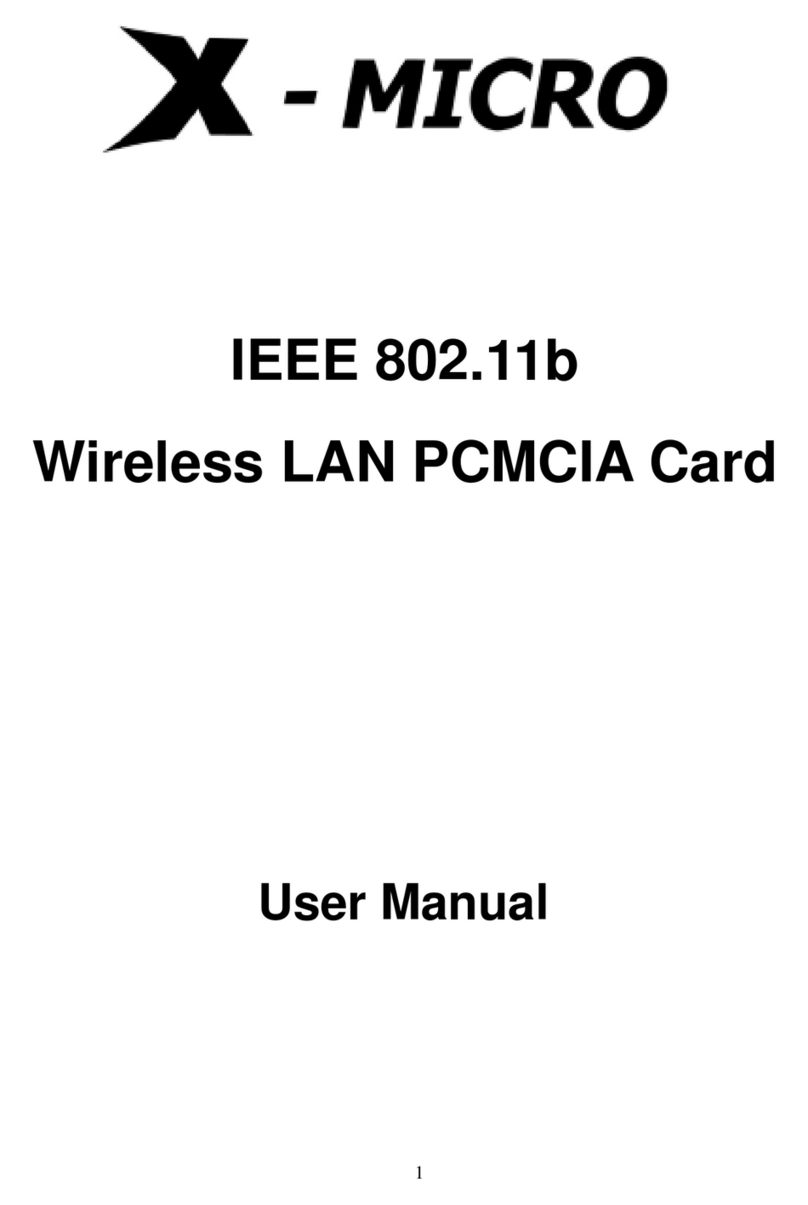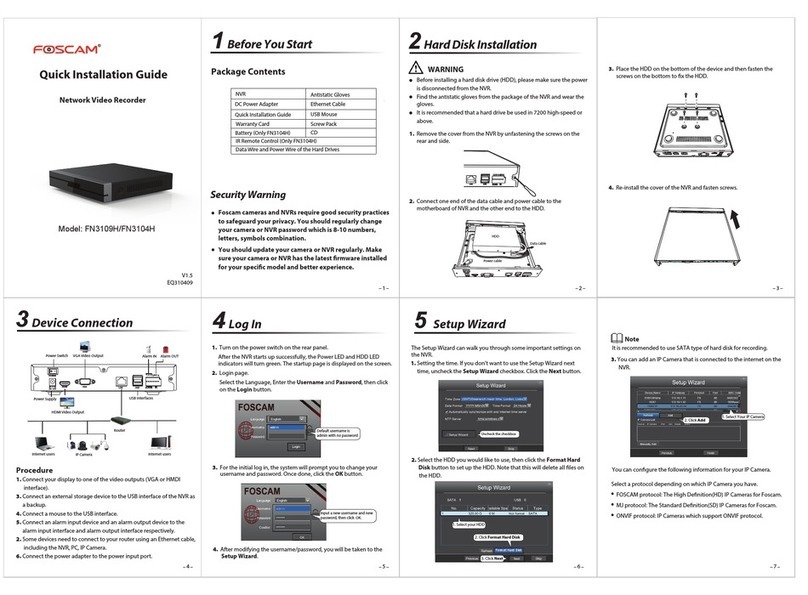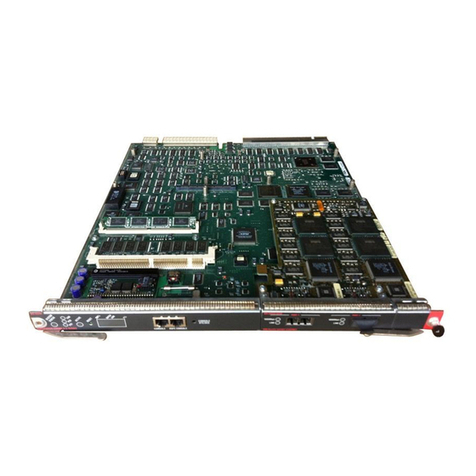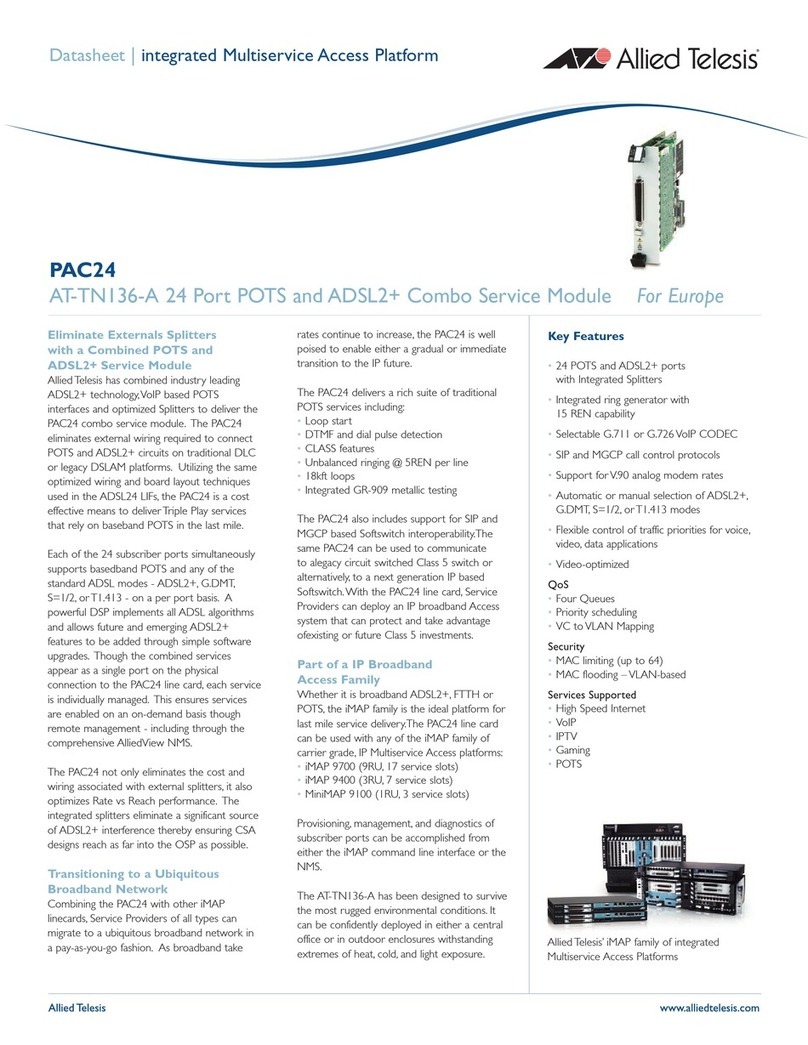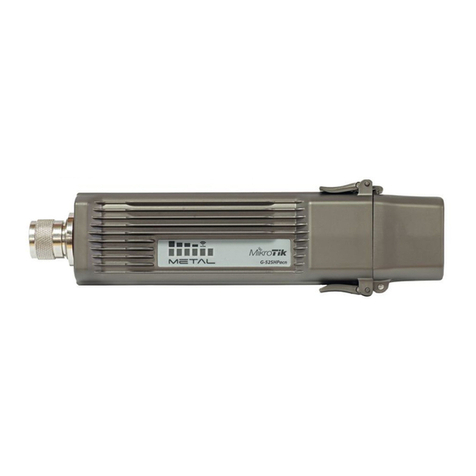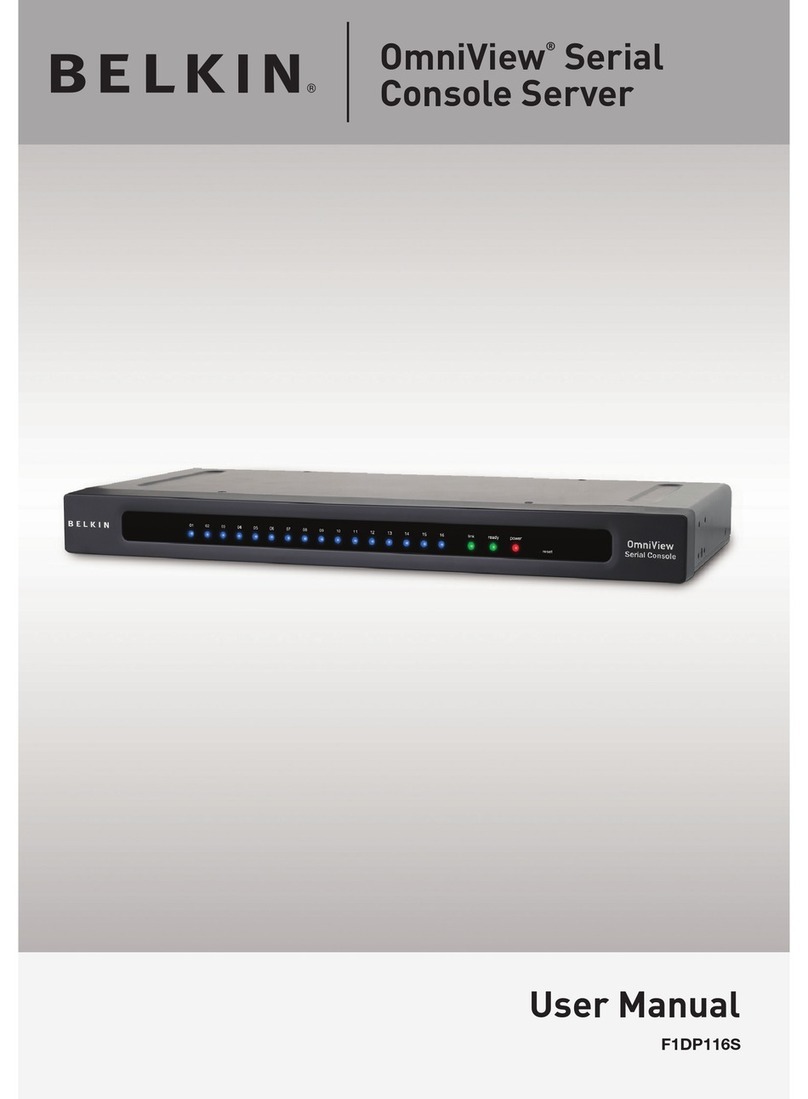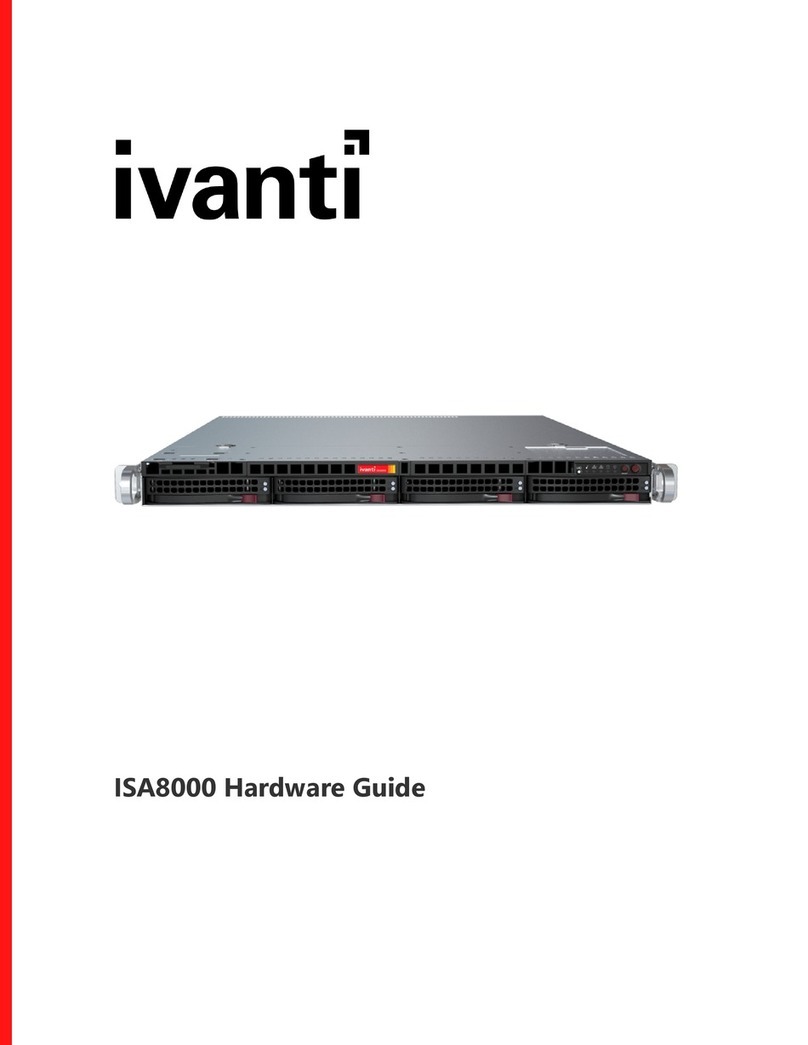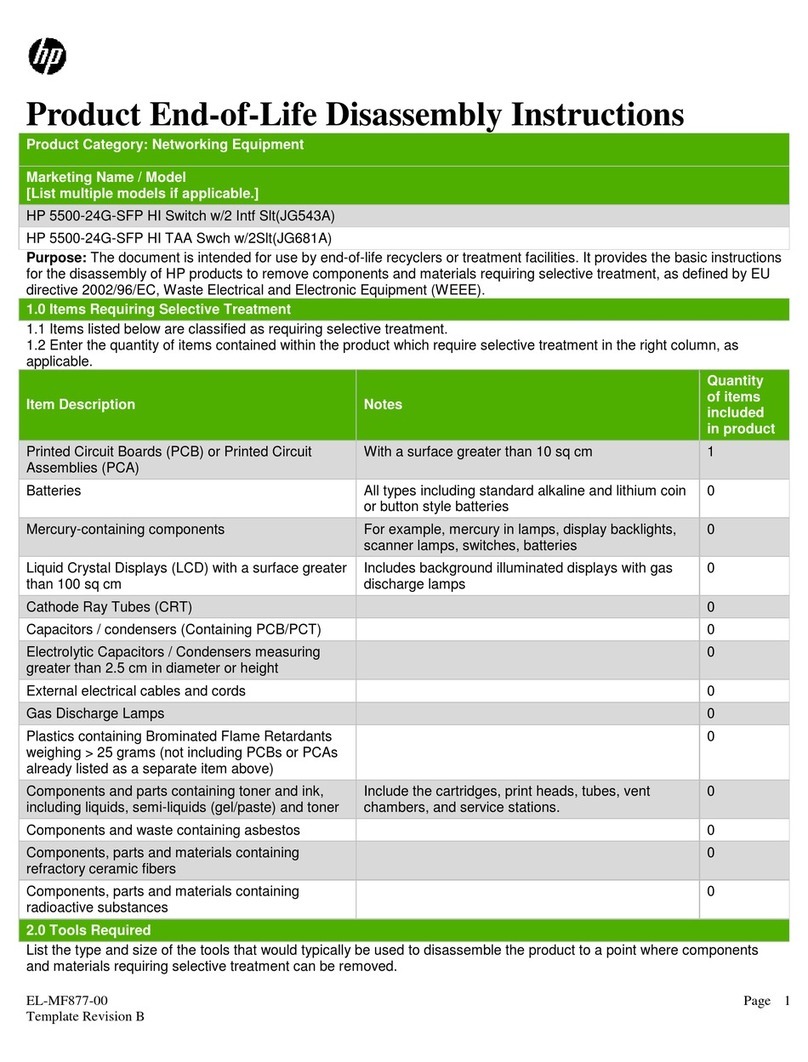HIKOB AZURE LION Operator's manual

HIKOB AZURE LION
User Documentation
Version 2.0-2466
This document may not be reproduced (even partially) or com-
municated to 3rd parties without the written authorization of the
company’s General Management. Copyright ©HIKOB.

HIKOB AZURE LION
Version 2.0-2466
November 2015 ·Page 2/ 14
Contents
1 Introduction 3
1.1 Symbols and conventions used in this guide . . . . . . . . . . . . . . . . . . . . . 3
1.2 Safety instructions . . . . . . . . . . . . . . . . . . . . . . . . . . . . . . . . . . . 3
1.3 Compliance and conformity . . . . . . . . . . . . . . . . . . . . . . . . . . . . . . 4
1.3.1 Europe . . . . . . . . . . . . . . . . . . . . . . . . . . . . . . . . . . . . 4
1.3.2 Electromagnetic compatibility Japan . . . . . . . . . . . . . . . . . . . . . 4
1.3.3 USA...................................... 5
1.3.4 Canada . . . . . . . . . . . . . . . . . . . . . . . . . . . . . . . . . . . . 5
1.4 WEEE.......................................... 6
1.5 Technical Support . . . . . . . . . . . . . . . . . . . . . . . . . . . . . . . . . . . . 6
2 General description of the HIKOB AZURE LION 7
2.1 HIKOB wireless sensor network acquisition system . . . . . . . . . . . . . . . . . . 7
2.2 HIKOB AZURE LION overview . . . . . . . . . . . . . . . . . . . . . . . . . . . . . 8
3 Data sheet 9
4 Installation 10
4.1 Overall methodology . . . . . . . . . . . . . . . . . . . . . . . . . . . . . . . . . . 10
4.2 HIKOB AZURE LION Mounting procedure . . . . . . . . . . . . . . . . . . . . . . . 12
4.2.1 Radio and exposure considerations: orienting well the router . . . . . . . 12
4.2.2 Mounting procedure . . . . . . . . . . . . . . . . . . . . . . . . . . . . . 13

HIKOB AZURE LION
Version 2.0-2466
November 2015 ·Page 3/ 14
1 Introduction
When using HIKOB AZURE LION, safety precautions must be taken to avoid injury and dam-
ages. Please read this guide before installing, using the product, or performing any main-
tenance operation. Failure to read, understand and follow herein instructions may result in
personnal injury. In no event shall HIKOB be held liable for any damages arising out of or
related to misunderstanding instructions detailed in this manual.
1.1 Symbols and conventions used in this guide
Read entirely this guide before using the product HIKOB AZURE LION
and keep it handy for reference.
Caution – Indicates a potentially hazardous situation which, if instructions
are not followed, may result in damage to the equipement.
Electrical Hazard – Indicates a dangerous condition such that, if instruc-
tions are not followed may result in electric shock and physical injury.
– Carefully follow instructions and warnings given in this guide, as well as instructions
indicated on the product.
– Make sure you understand all instructions: refer to symbols definitions and conventions
used in the documentation.
– Should you have questions on using the product HIKOB AZURE LION once you have
completely read this guide, contact the HIKOB suppport or your vendor.
1.2 Safety instructions
It is forbidden to install the product in a location accessible to the
public. Please refer to the installation section.
Do not disassemble or attempt to open the product. It does not con-
tain any serviceable parts inside. Only qualified staff is allowed to perform
maintenance operations on the HIKOB AZURE LION product. Opening a
HIKOB AZURE LION will void the waranty.
Do not attempt to change or recharge the batteries. HIKOB AZURE LION
batteries are not replaceable, they are recharged automatically and exclu-
sively by its embedded solar pannel.

HIKOB AZURE LION
Version 2.0-2466
November 2015 ·Page 4/ 14
Do not overheat, do not dispose in fire, do not crush. Do not heat above
the product maximum operating temperature, incinerate, or expose content
to water. HIKOB AZURE LION uses lithium batteries, such improper use
may lead to leakage, explosion or fire.
Modifications or changes on the product is stricly prohibited if it is
not expressly approved by HIKOB. Modifications or changes performed on
HIKOB AZURE LION will void the user’s authority to operate the equipment.
1.3 Compliance and conformity
1.3.1 Europe
The HIKOB AZURE LION product is certified to be compliant with the
R&TTE 1999/5/CE directive.
Electromagnetic compatibility and radio spectrum
The product HIKOB AZURE LION is certified to be compliant with the following standards:
– ETSI EN 301 489-1 V1.9.2 (2011-09) et ETSI EN 301 489-17 V2.2.1 (2012-09)
– ETSI EN 300 328 V1.8.1 et EN 62311 (2008)
– ETSI EN 300 330-1 V1.7.1 (2010/02) et ETSI EN 300 330-2 V1.5.1 (2010/02)
Electrical safety:
The product HIKOB AZURE LION is certified to be compliant with the following normalized
standards:
– IEC 60950-1:2005 + A1:2010 + A2:2013
– EN 60950-1:2006 + A11:2009 + A1:2010 + A12:2011 + A2:2013
The HIKOB AZURE LION is certified to follow the IEC 60 950-22 Am2 outdoor safety stan-
dard. With exception for Finland, Norway and Sweden, countries where environment tem-
perature can be far lower than the limit for operating and safety assurance temperatures the
HIKOB AZURE LION. You install the HIKOB AZURE LION indoors in those geographical ar-
eas.
1.3.2 Electromagnetic compatibility Japan

HIKOB AZURE LION
Version 2.0-2466
November 2015 ·Page 5/ 14
The HIKOB AZURE LION product is certified to be compliant with Japan
Radio Law - Article 2 paragraph 1 Item 19.
1.3.3 USA
Information to user This device complies with part 15 of the FCC Rules. Operation is sub-
ject to the following two conditions: (1) This device may not cause harmful interference, and
(2) this device must accept any interference received, including interference that may cause
undesired operation.
This equipment has been tested and found to comply with the limits for a Class B digital
device, pursuant to part 15 of the FCC Rules. These limits are designed to provide reasonable
protection against harmful interference in a residential installation. This equipment generates,
uses and can radiate radio frequency energy and, if not installed and used in accordance with
the instruction, may cause harmful interference to radio communications. However, there is
no guarantee that interference will not occur in a particular installation. If this equipment does
cause harmful interference to radio or television reception which can be determined by turning
the equipment off and on, the user is encouraged to try to correct interference by one or more
of the following measures:
– Reorient or relocate the receiving antenna.
– Increase the separation between the equipment and receiver.
– Connect the equipment into an outlet on circuit different from that to which the receiver
is connected.
– Consult the dealer or an experienced radio/TV technician for help.
RF exposure This device complies with FCC RF radiation exposure limits set forth for gen-
eral population. This device must be installed to provide a separation distance of at least
20cm from all persons and must not be co-located or operating in conjunction with any other
antenna or transmitter.
1.3.4 Canada
Transmitter Antenna Under Industry Canada regulations, this radio transmitter may only
operate using an antenna of a type and maximum (or lesser) gain approved for the transmitter
by Industry Canada. To reduce potential radio interference to other users, the antenna type
and its gain should be so chosen that the equivalent isotropically radiated power (e.i.r.p.) is
not more than that necessary for successful communication.
Licence-Exempt Radio Appartus This device complies with Industry Canada licence-exempt
RSS standard(s). Operation is subject to the following two conditions: (1) this device may not
cause interference, and (2) this device must accept any interference, including interference
that may cause undesired operation of the device.

HIKOB AZURE LION
Version 2.0-2466
November 2015 ·Page 6/ 14
RF Exposure This device complies with Industry Canada RF radiation exposure limits set
forth for general population. This device must be installed to provide a separation distance
of at least 20cm from all persons and must not be co-located or operating in conjunction with
any other antenna or transmitter.
1.4 WEEE
Information on disposal for users of waste electrical electronical equipment:
This symbol on the product(s) and / or accompanying documents means
that used electrical and electronic products should not be mixed with gen-
eral household waste. For proper treatment, recovery and recycling, please
take this product(s) to designated collection points where it will be accepted
free of charge. Alternatively, in some countries you may be able to re-
turn your products to your local retailer upon purchase of an equivalent
new product. Disposing of this product correctly will help save valuable re-
sources and prevent any potential negative effects on human health and the
environment, which could otherwise arise from inappropriate waste han-
dling.
1.5 Technical Support
HIKOB SA
66 Boulevard Niels Bohr
CS 52132
69603 VILLEURBANNE CEDEX FRANCE
support@hikob.com

HIKOB AZURE LION
Version 2.0-2466
November 2015 ·Page 7/ 14
2 General description of the HIKOB AZURE LION
2.1 HIKOB wireless sensor network acquisition system
The HIKOB AZURE LION is one of the elements that constitutes the HIKOB wireless sensor
radio network. This system is a set of wireless sensors doing multi-point distributed measures
in various domains.These sensors radiotransmit their acquired data to the HIKOB GATEWAY,
possibly via HIKOB AZURE LION routers, depending on environment constraints for radio
transmission. This local radio network operates in the 2.4GHz ISM bandwidth and implements
the standardized IEEE 802.15.4e protocol. The HIKOB GATEWAY provides the user with
these acquisitions through its embedded software: HIKOB NET PULSE, which makes the
interface to any TCP/IP network.
HIKOB systems cover data acquisitions such as vehicle detection for controlled traffic or
parking management, various measurements in civil engineering structures from stress gauges
to crack/inclino-meters, and vibrations from industrial machines for diagnotic purpose, provid-
ing tools for predictive maintenance for example.
2.2 HIKOB AZURE LION overview
Figure 1: External view of HIKOB AZURE LION
HIKOB AZURE LION is a wireless and energy autonomous router for the HIKOB radio net-
work operating in the 2.4GHz ISM bandwidth. It levers the radio covergage both in terms of
range and signal quality. It relays bi-directionnal information: from any HIKOB sensor to the
HIKOB GATEWAY and vice versa.
Its antenna is embedded in the casing, as well as its solar pannel providing the source for

HIKOB AZURE LION
Version 2.0-2466
November 2015 ·Page 8/ 14
rechargeable batteries. The HIKOB AZURE LION casing is water resistant with an IP67 pro-
tection: it is suitable for outdoor installations. Should you decide to perform cleaning tasks on
the HIKOB GATEWAY, don’t perform high pressure cleaning, prefer wiping with a dry cloth, or
with a neutral agent.
It is delivered all assembled, ready to be fastened on a pole or a wall with provided acces-
sories, please refer to the Installation section for details.

HIKOB AZURE LION
Version 2.0-2466
November 2015 ·Page 9/ 14
3 Data sheet
Power supply Rechargeable battery Li-ion 3,6V 2250mAh
Packaging IP67 according to EN 60529
Dimensions 8x8x2.5cm
Weight 150g
Temperature Operating and Storage 0°C +40°C
Radio
Frequency Band 2.4GHz ISM
Protocol IEEE 802.15.4e
Antenna gain +3dB
Input level sensivity -111dBm
Output power +11dBm
Range between 100 and 300m to HIKOB GATEWAY or another router.
50m to sensor, 30m to a burried sensor1
1Radio range given for a connection to a HIKOB WISE COW or HIKOB POLAR BEAR sensor, these sensor
types are installed in road pavement, this alters radio transmission quality.

HIKOB AZURE LION
Version 2.0-2466
November 2015 ·Page 10/ 14
4 Installation
4.1 Overall methodology
Installing an HIKOB radio network requires a good topology analysis of your site to maxi-
mize radio transmission quality by optimizing positions and numbers of HIKOB nodes in the
network. A preliminary study done with your vendor determines elements that will constitute
your HIKOB radio network acquisition.
Draw a site map: position your stationary sensors on parking places for HIKOB WISE COW
Parking; on the way where passing vehicles should be controlled for HIKOB WISE COW
Traffic; where road temperature have to be measured for HIKOB POLAR BEAR; and so on
with other sensors types. Then you can determine the number of routers you need for your
network following these rules:
– The maximum distance between buried sensors2and the HIKOB GATEWAY is 30m.
– The maximum distance between a HIKOB AZURE LION and a HIKOB GATEWAY, varies
between 100 and 300m, depending on the terrain topology.
– A HIKOB GATEWAY hosts 80 elements in all, and 30 as direct children in the multi hop
radio network.
– The HIKOB AZURE LION, the HIKOB router hosts 16 sensors or other routers.
For good radio transmission, both HIKOB GATEWAY and HIKOB AZURE LION need to
be installed on elevated spots, around 5m high. You will have better signal transmission with
routers close to sensors and far from other routers or HIKOB GATEWAY.
For an HIKOB AZURE LION routing detections for parked vehicles (HIKOB WISE COW
Parking), HIKOB recommends not going further than a distance of 50m between routers,
which compensates any problem that could be caused by an unpredictable environment. This
will ensure a good signal transmission that won’t be alterred for example by heavy trucks,
passing or parked in the transmission field.
For dynamic counting on road made by HIKOB WISE COW Traffic, you will need one
HIKOB AZURE LION per counting site, within a 50m radius. If you have several options
positioning the HIKOB AZURE LION, choose the one closer to sensors, moving it away from
other routers and / or the HIKOB GATEWAY.
2HIKOB buried sensors are sensors for car detection, that is, HIKOB WISE COW Parking and Traffic, and
HIKOB POLAR BEAR for roadway temperature measure

HIKOB AZURE LION
Version 2.0-2466
November 2015 ·Page 11/ 14
These are theoretical considerations. RF waves quality heavily rely on the environment
they propagate in. Identify the most distant sensors, and zones where you suspect waves
will propagate painfully, like having metal or concrete obstacles in the way. You can easily
find information on the web that lists material disrupting RF waves propagation. The best
choice for routers / gateway positions and orientations can be made empirically, by installing
the system and running it for a trial fit. The HIKOB GATEWAY provides useful user information
to appraise the radio signal quality between elements of the HIKOB network. Refer to section
Radio quality link in the NET PULSE manual for that, reorient elements if needed, sometimes
adding extra HIKOB AZURE LION enhances radio coverage.

HIKOB AZURE LION
Version 2.0-2466
November 2015 ·Page 12/ 14
4.2 HIKOB AZURE LION Mounting procedure
The HIKOB AZURE LION is delivered ready to be installed, batteries are charged, so it is use-
able right away. As its emplacement is already determined by the site pre-study, the following
sections explain the mounting procedure itself, and recommendations for final adjustments.
Respect safety rules working at heights when installing the
HIKOB AZURE LION: use an elevating work platform, and appropri-
ate PPE. Once installed at heights, the HIKOB AZURE LION remains in
place, and is not reachable by unqualified staff.
4.2.1 Radio and exposure considerations: orienting well the router
From your elevated spot, you position the HIKOB AZURE LION to have a good radio cover-
age and enough radiation on its solar pannel:
– the radio antenna is located right behind the brand sign HIKOB engraved on the top
transparent lid. The radiation pattern are 2 flattened lobes in the direction of the solar
pannel plane: this determines the zone where emissions and receptions will be the most
effective, see figure.
– the best orientation for the solar pannel is where solar radiation is the most powerful,
and you have best results the whole year with a southern exposure and a 60° slant to
the horizontal line.
Figure 2: Orientation
For the best compromise, choose a good radio coverage rather than the best exposure for
the solar pannel: the HIKOB AZURE LION is designed to run with 1 hour of sunshine a day,
and is autonomous 2 mounths in total darkness.

HIKOB AZURE LION
Version 2.0-2466
November 2015 ·Page 13/ 14
Consider as well specific radiation patterns of the sensors involved in your HIKOB network,
that is, HIKOB WISE COW and HIKOB POLAR BEAR have conic ones, read their installation
manual. So in that case, orient the antenna towards the ground, see figure.
4.2.2 Mounting procedure
The HIKOB AZURE LION is delivered with all accessories needed for a good installation. This
is a set of 3 elements:
clip
A clip coupled with a female thread screw. It hosts the mounting
bracket of the HIKOB AZURE LION. The clip is then screwed on the
articulated arm.
arm
An orientable arm with a plane base that can be screwed on a wall.
support
An optionnal strapping support for round poles. You screw the base
of the arm on the support, and you fasten it on round elements using
the strapping method adapted to your environment. In the picture
below, plastic clamps have been used.
Table of contents
Other HIKOB Network Hardware manuals

